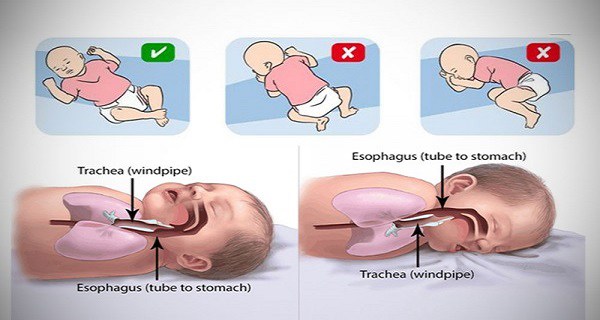SIDS is commonly known as Sudden Infant Death Syndrome and the aim of the medical society is to decrease the number of cases concerning this issue. The American Academy of Pediatrics recommends the parents to sleep in the same room as their child for minimum 6 months up to a year after the baby is born.
In this way the risk of SIDS can be reduced to 50%. Of course this does not mean that the parent and child should always sleep in the same bed, sometimes that scenario is not advisable. The best way would be for the baby to sleep in its own crib but next to the parent’s bed.
General Facts about SIDS
The reasons and factors for this issue for happening are yet unknown but it is known that the infants that pass this way are usually asleep and suffocated.
The rate of death from this issue in infants in the US is currently 40% and growing. SIDS can usually happen to infants from 1 month to 6 months old.
The reason can be purely genetic or have something to do with the immediate surroundings of the child’s sleeping place like pillows or stuffed toys that can obstruct the breathing path.
Sometimes since birth the child can be genetically predisposed and more vulnerable to obstruction and difficulty breathing.
How Can You Avoid SIDS:
Senses Alerted
With parents sleeping in the same room with their child their parental senses can be highly alerted and they can keep a better eye to their child in case it makes strange noises or starts moving. That way they can tend to them faster and possible save their life.
Separate Sleeping Space
The adult bed and baby bed are different things and it is not advisable for the parents to share the same bed. That means that the baby can have its own crib and sleep next to their parents and yet be isolated.
The Baby’s Sleeping Space
The best place to keep the child is in the crib and not on sofas or places where he can just roll off and fall. Also the surface you place them on should be firm and provide back support in order to help the child in his formative years. The crib should not be overloaded with stuffed toys, pillows or blankets in order to avoid suffocating.
